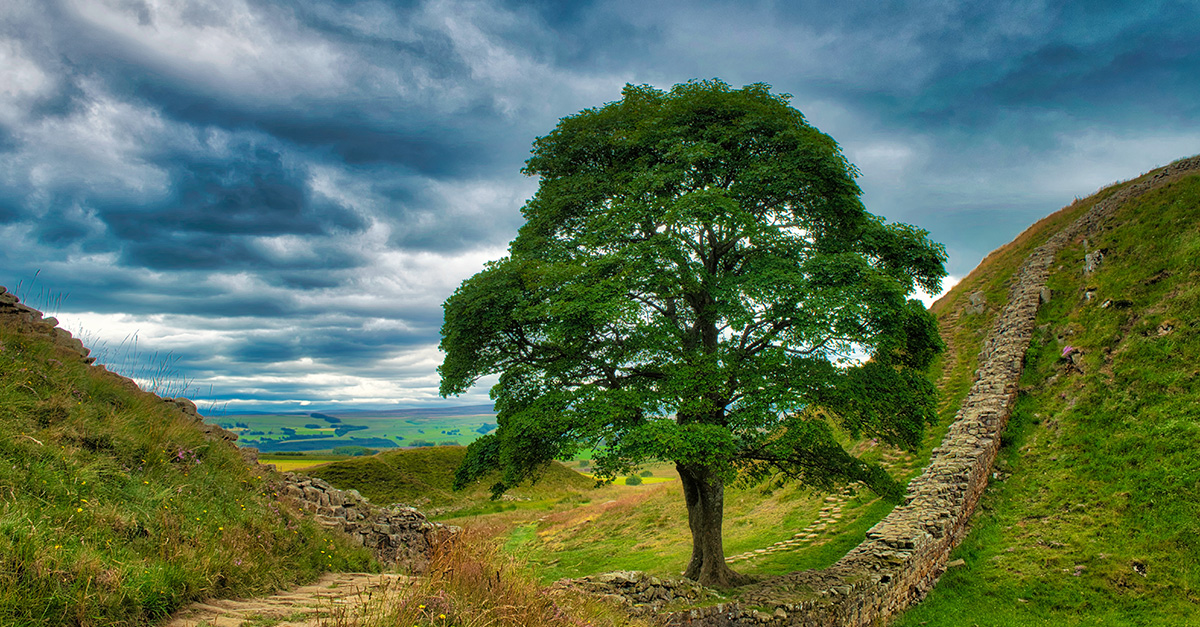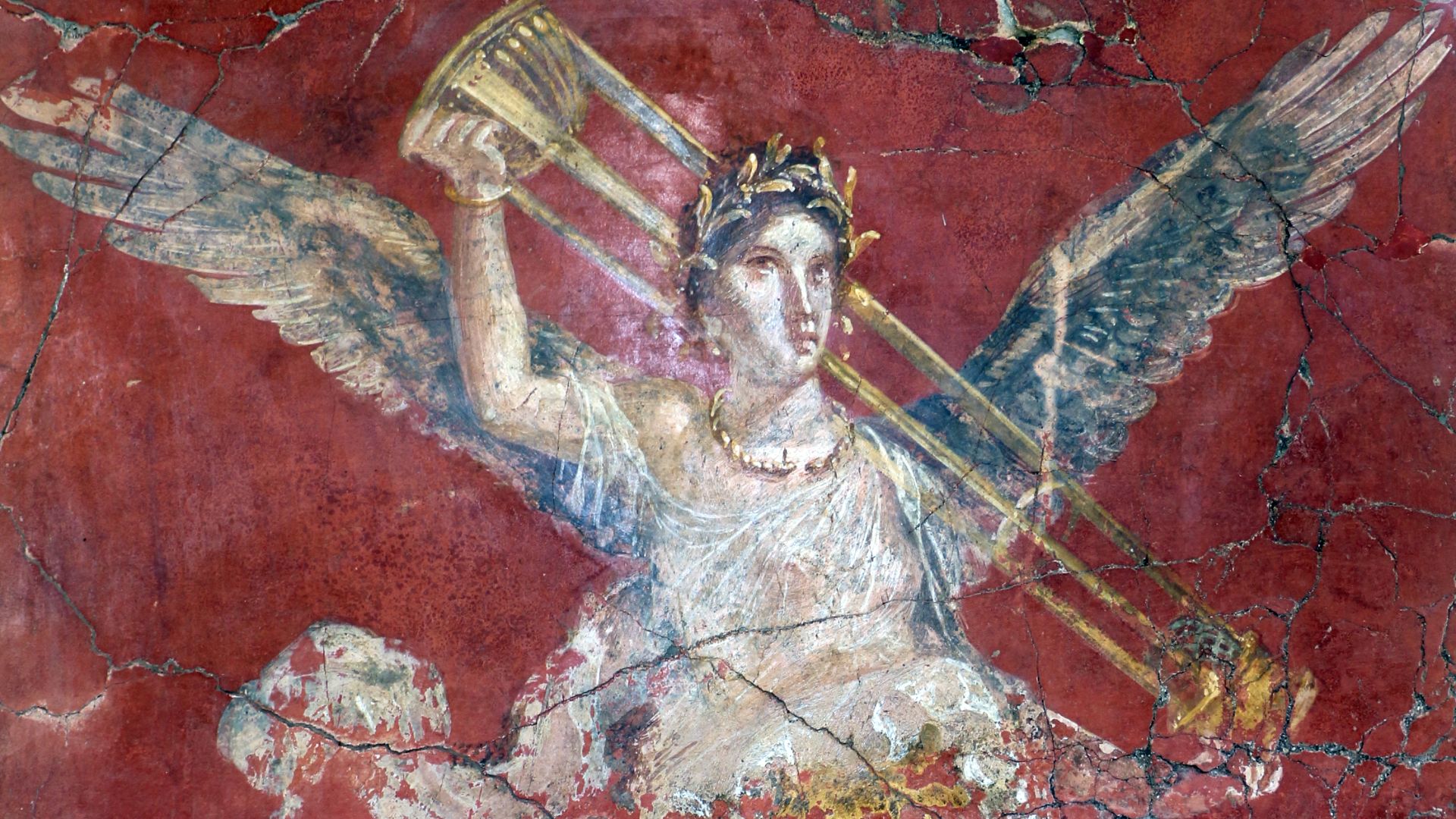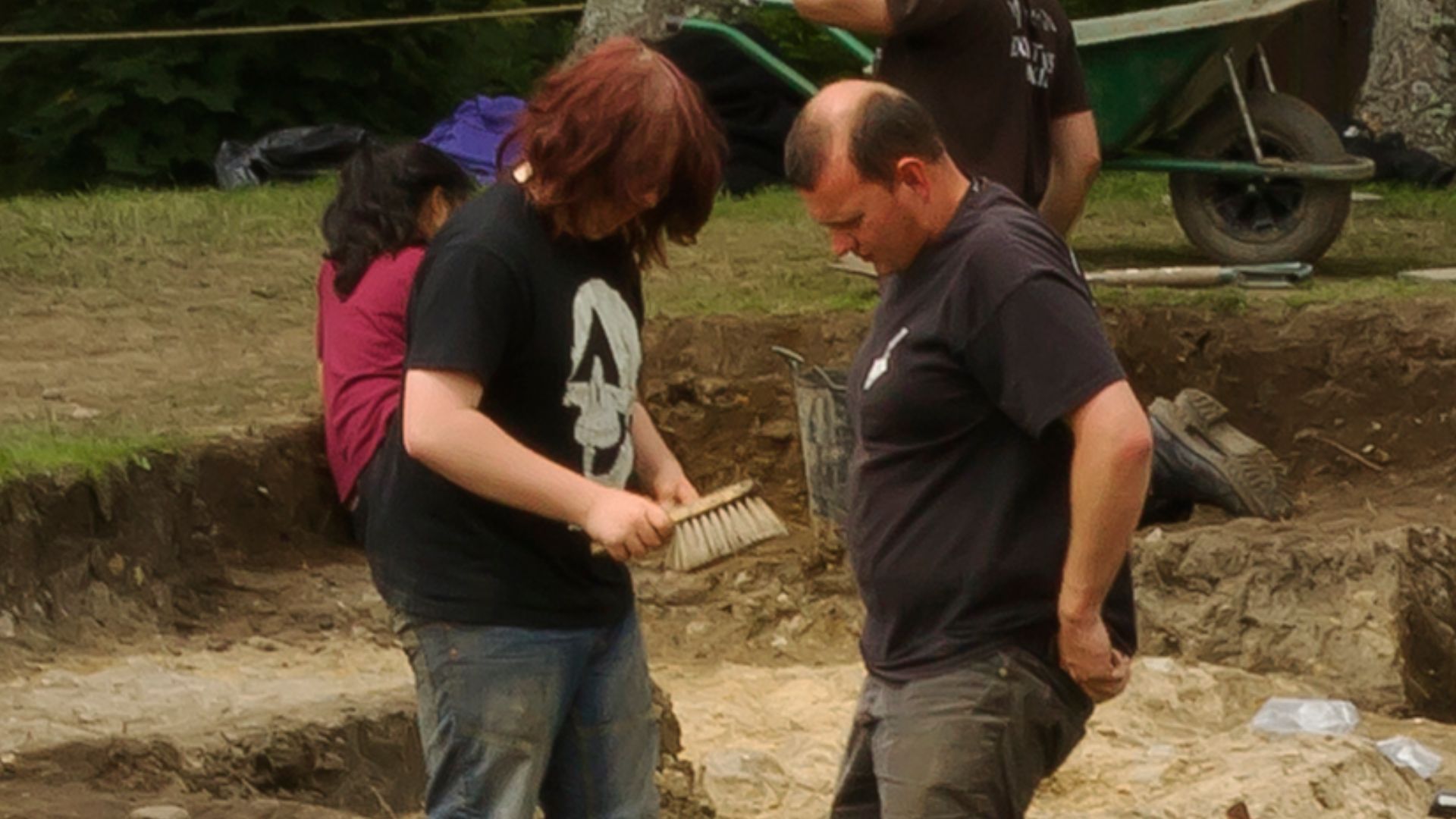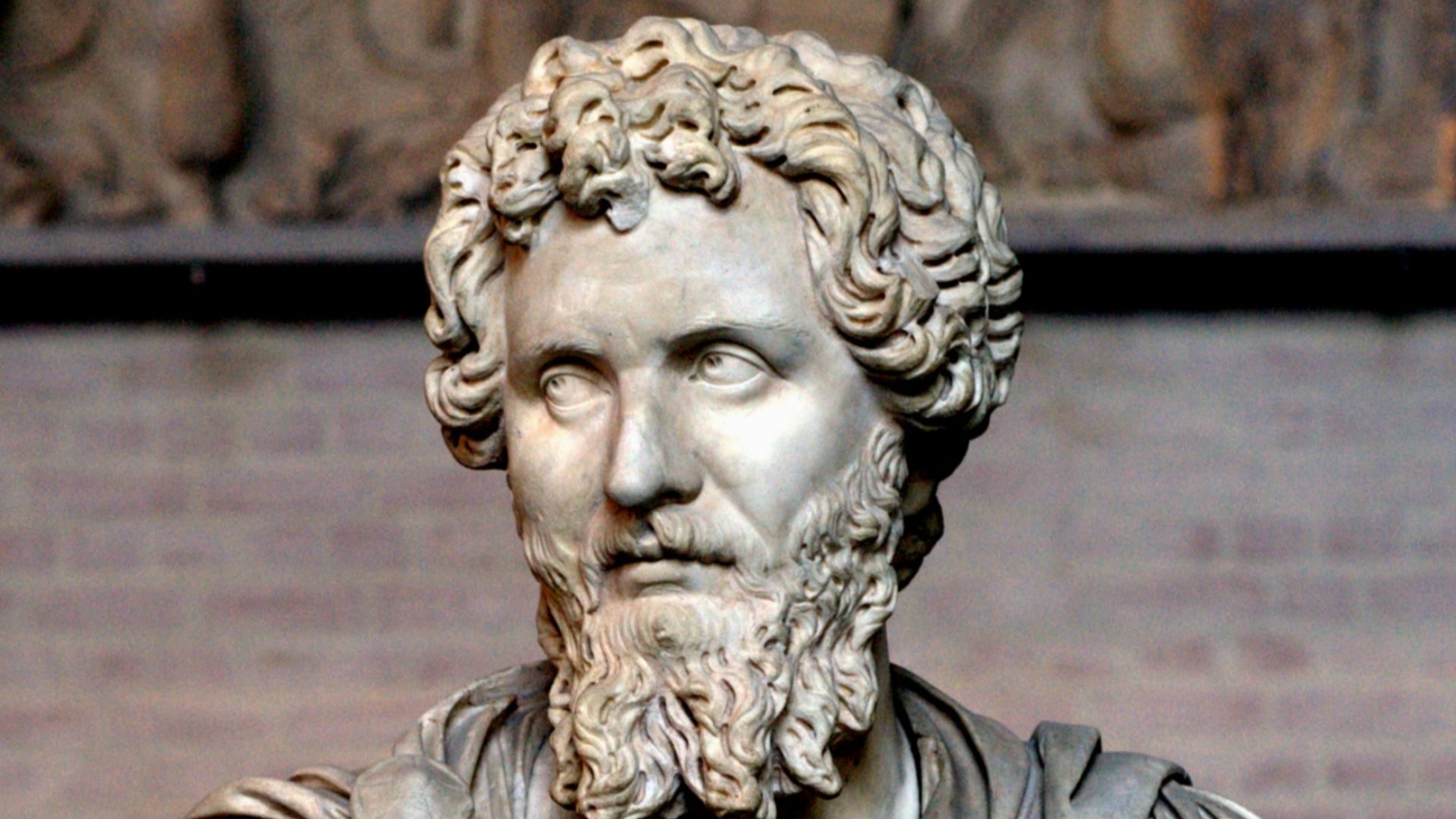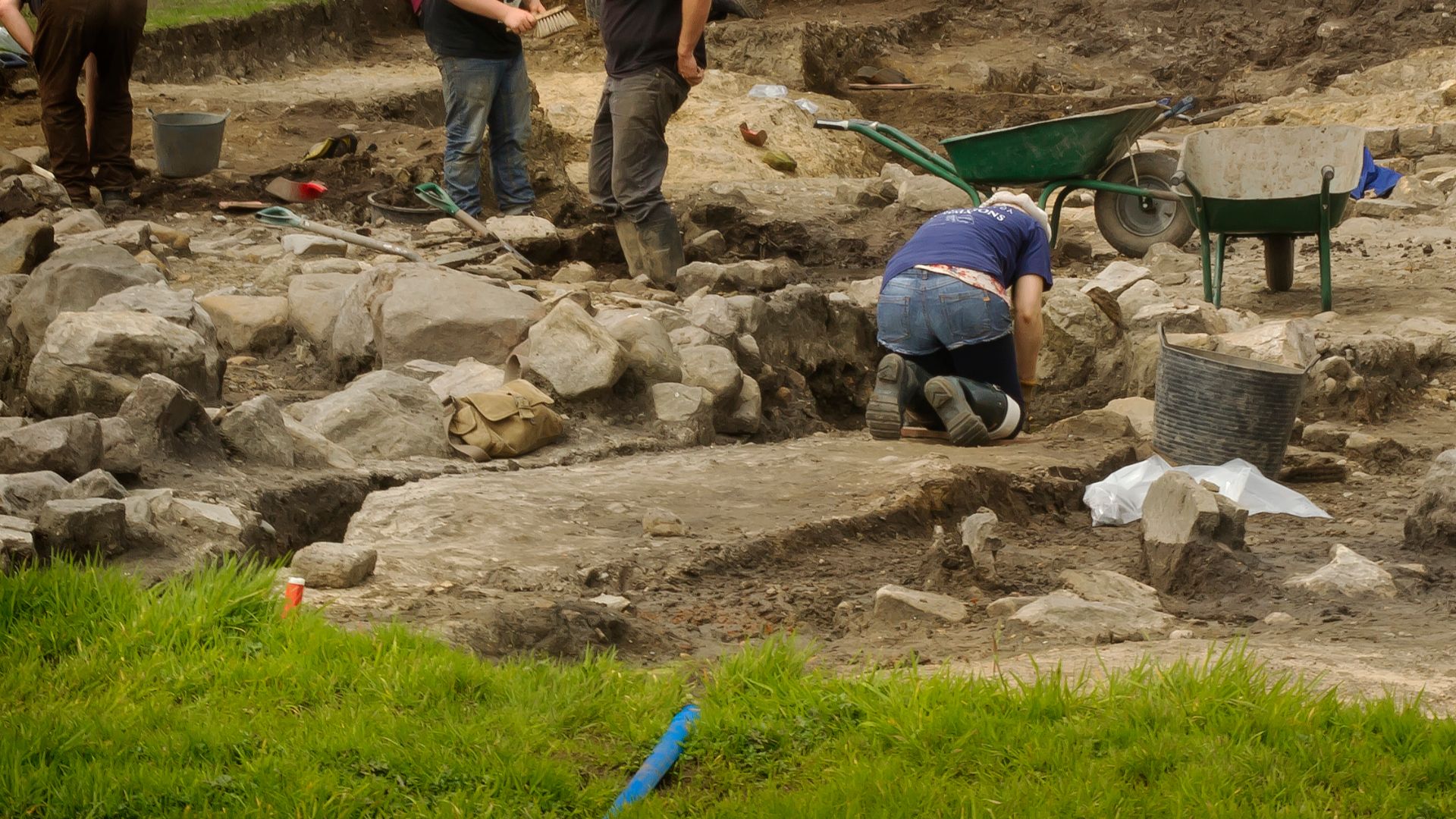A Carving Of Protection & Triumph Located In A Cornerstone Of Roman Britain
In May 2025, two amateur archaeologists, Dilys and Jim Quinlan, discovered an ancient Roman carving that appeared to show a pair of angel wings and the body of a goddess in a field near Hexham in Northumberland. The field was just a short, 35-minute drive from Hadrian's Wall, a protective feature of Roman Britain. Let's explore the history of the area and the significance of the find from two married amateur archaeologists.
The People: Dilys & Jim Quinlan
Dilys & Jim Quinlan aren't necessarily the kind of people you'd expect to be amateur archaeologists on the hunt for lost treasure. Dilys is a 69-year-old healthcare worker, while her husband, Jim, is an engineer with the Liverpool City Council. The pair have been digging for archaeological finds for 21 years at a volunteer-run dig site called Vindolanda.
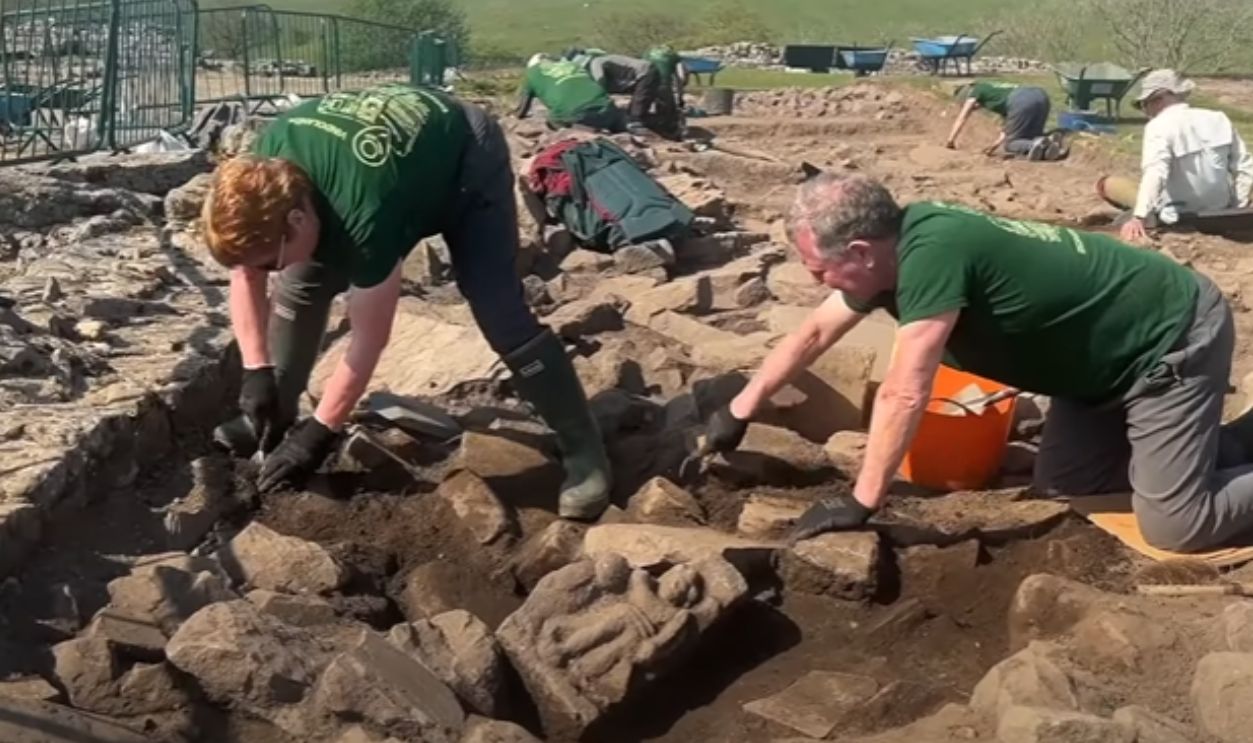 Volunteer archaeologists unearth winged goddess at Hadrian’s Wall, Guardian News
Volunteer archaeologists unearth winged goddess at Hadrian’s Wall, Guardian News
Living The Good Life At Vindolanda
When asked to comment on their time spent at Vindolanda over the past 20 years, Dilys remarked, "It’s the best form of relaxation that we know of. We eat well, sleep well, we’re in good company and there’s always more to learn. What more could you ask for?" We're not sure how relaxing troweling into the earth in 25-degree heat would be, but when you make a find like they did...we'd be excited too.
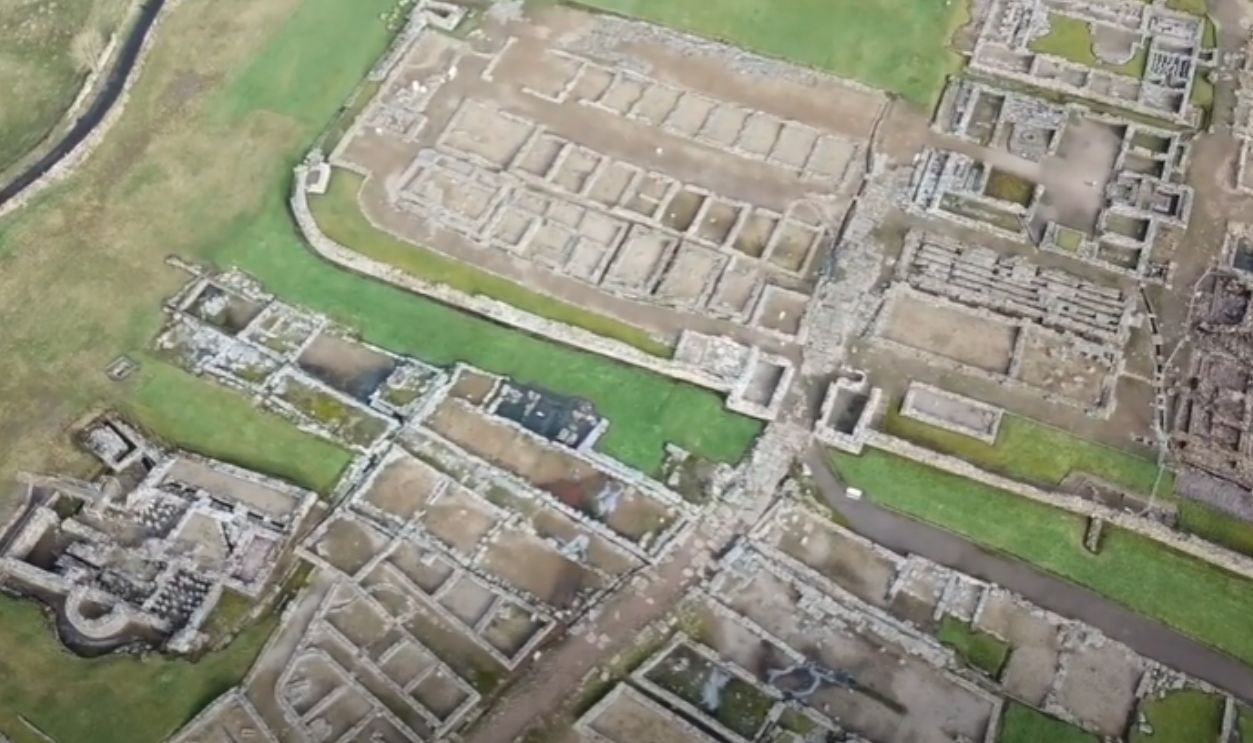 Vindolanda Roman Vindolanda: An Introduction, VindolandaTrust
Vindolanda Roman Vindolanda: An Introduction, VindolandaTrust
Bringing Them Closer Together
As with any hobby you do with your significant other, it will (hopefully) bring you closer together. Dilys has remarked on how archaeology and the Vindolanda dig site have brought her and Jim closer together. She told The Guardian, "We’ve spent the vast majority of our annual leave at Vindolanda over the years. As veteran diggers, it is without doubt the most wonderful thing we’ve ever done and, importantly, it’s something we do as a couple".
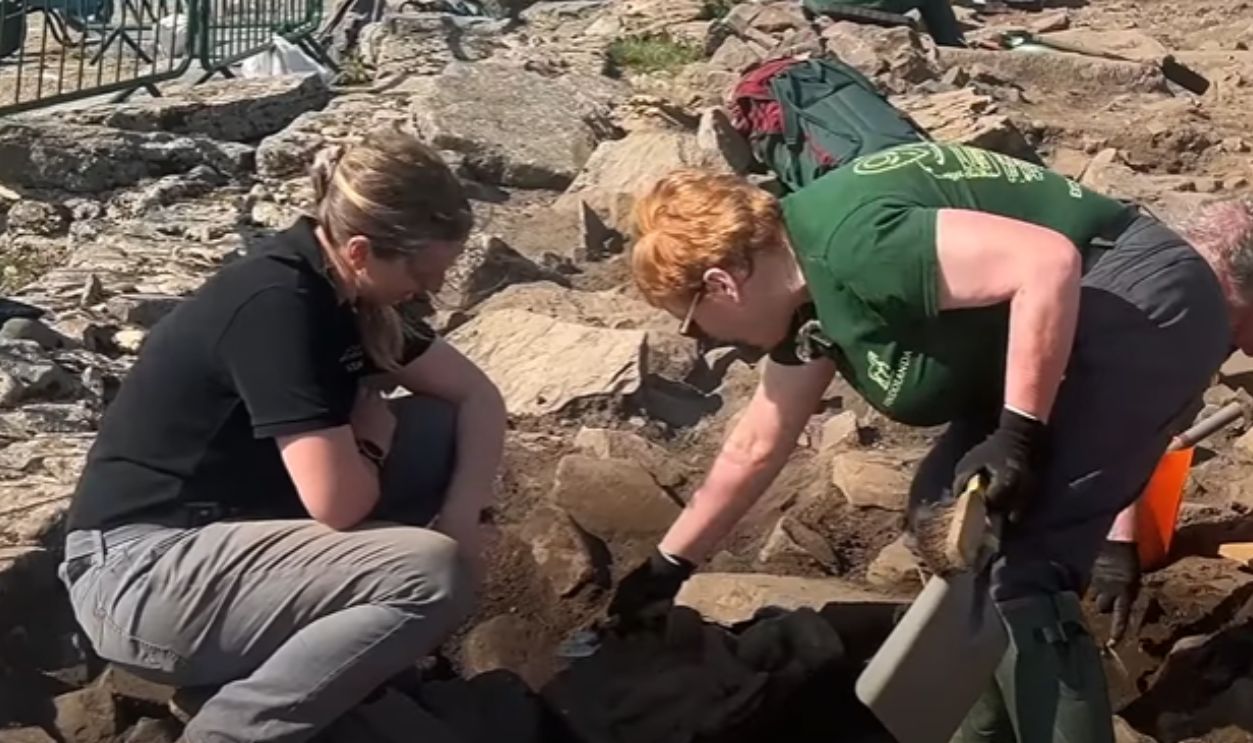 Volunteer archaeologists unearth winged goddess at Hadrian’s Wall, Guardian News
Volunteer archaeologists unearth winged goddess at Hadrian’s Wall, Guardian News
The Vindolanda Dig Site
Vindolanda was a Roman auxiliary fort on the Roman side of Hadrian's Wall, built in roughly 85 AD and occupied until about 370 AD. It overlooked and stood guard over a 38-mile Roman road known as Stanegate. The first known archaeological digs occurred at Vindolanda in 1814, but it would be a century before the site was named "Vindolanda".
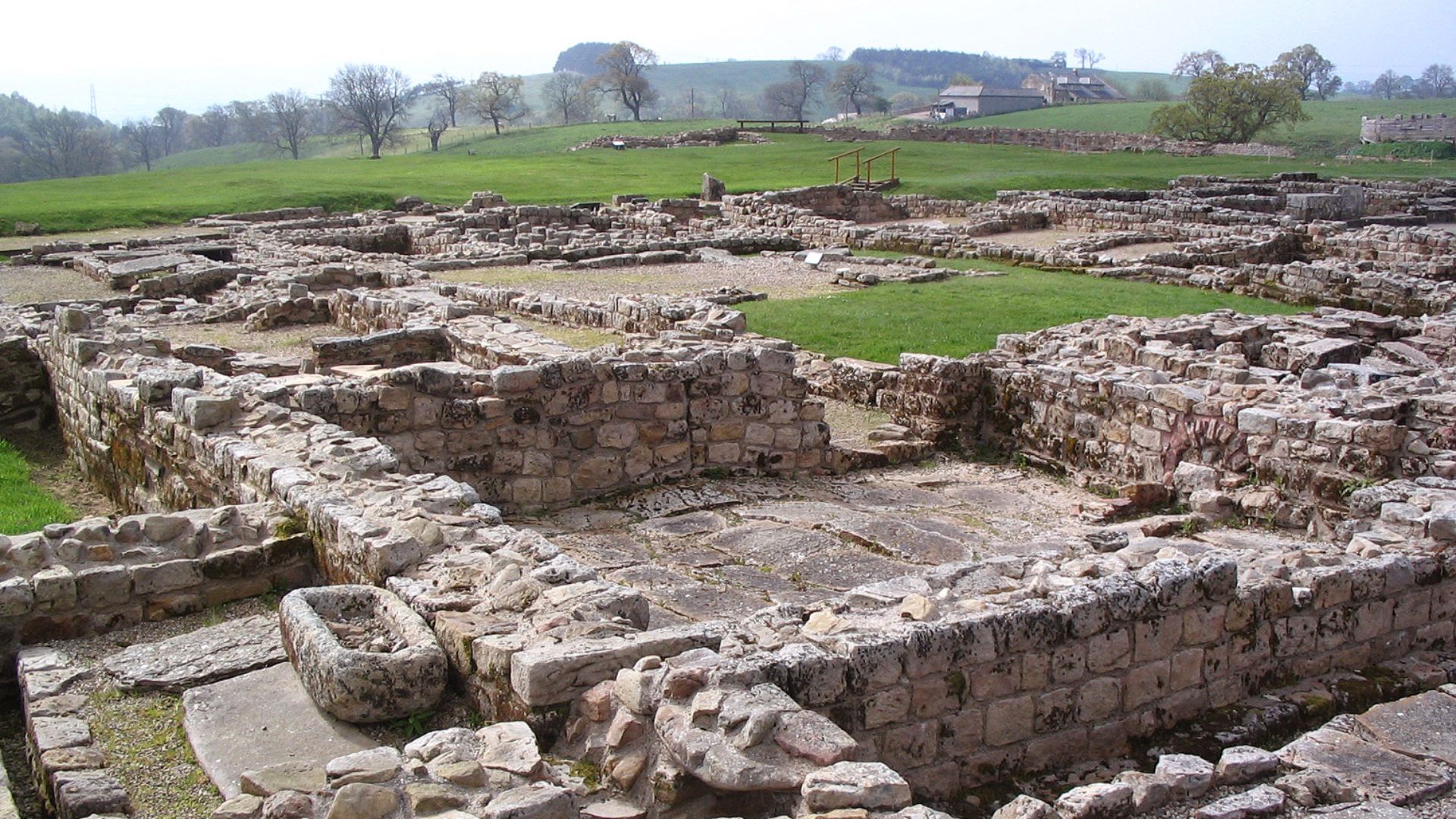 Francis from Groningen, Netherlands, Wikimedia Commons
Francis from Groningen, Netherlands, Wikimedia Commons
The Name "Vindolanda"
In 1914, a workman at Vindolanda, working on an unrelated nearby project, would locate an altar at the site. It's believed to have been set up by Roman civilians living at the site as an homage to the Roman God of Fire, Vulcan. Some of the archaeological digs at Vindolanda have taken place at depths of 20 feet.
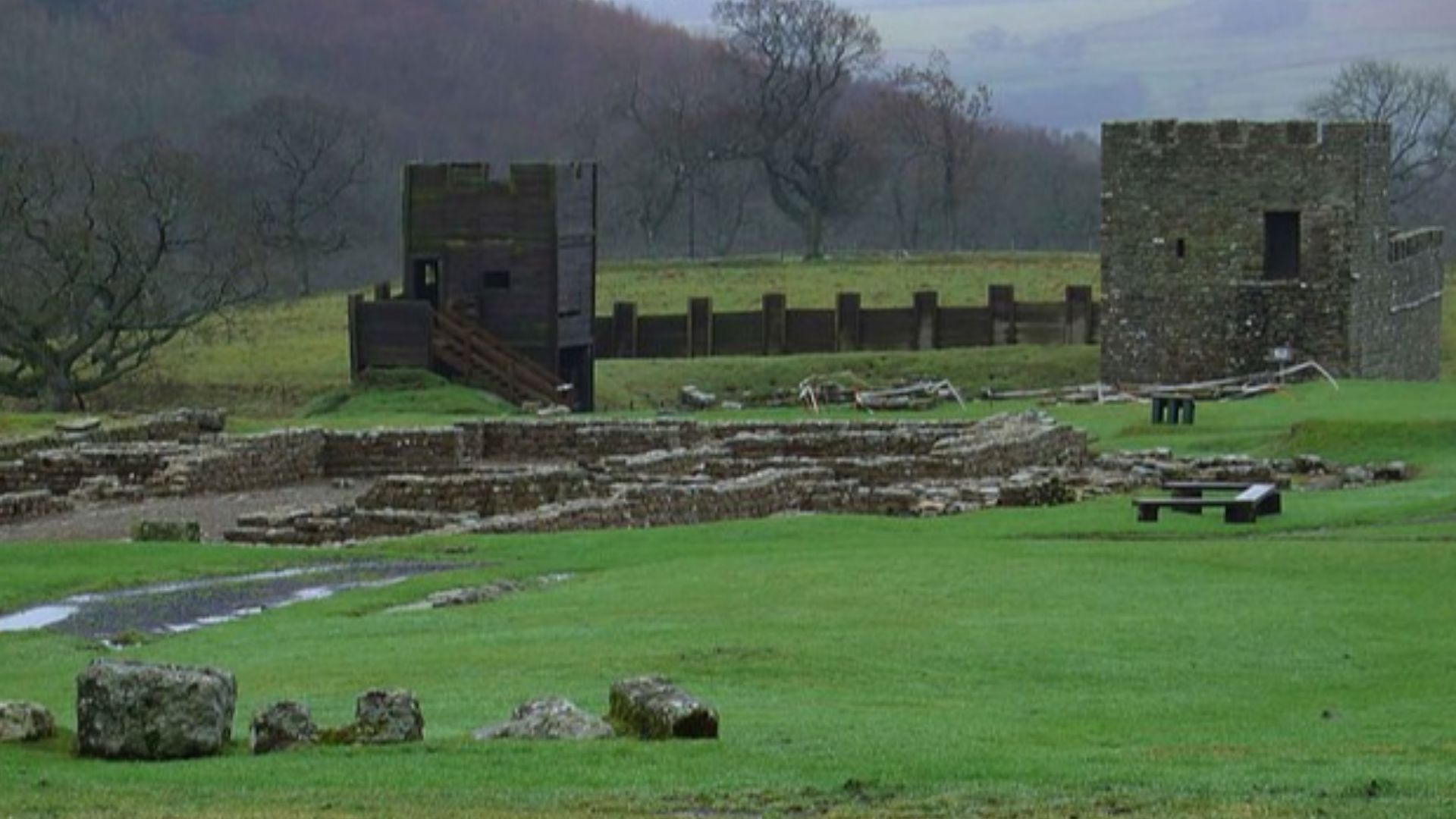 Bill Cresswell, Wikimedia Commons
Bill Cresswell, Wikimedia Commons
The Vindolanda Tablets
One of the most famous finds at Vindolanda, aside from the winged angel, are the Vindolanda Tablets, a series of postcard-sized wooden tablets inscribed with carbon-based ink. Thought to date back to the 1st and 2nd centuries, they're one of the oldest pieces of handwritten records in Britain. The subject matter ranges from military matters to personal correspondence. Each tablet is kept at the British Museum in London.
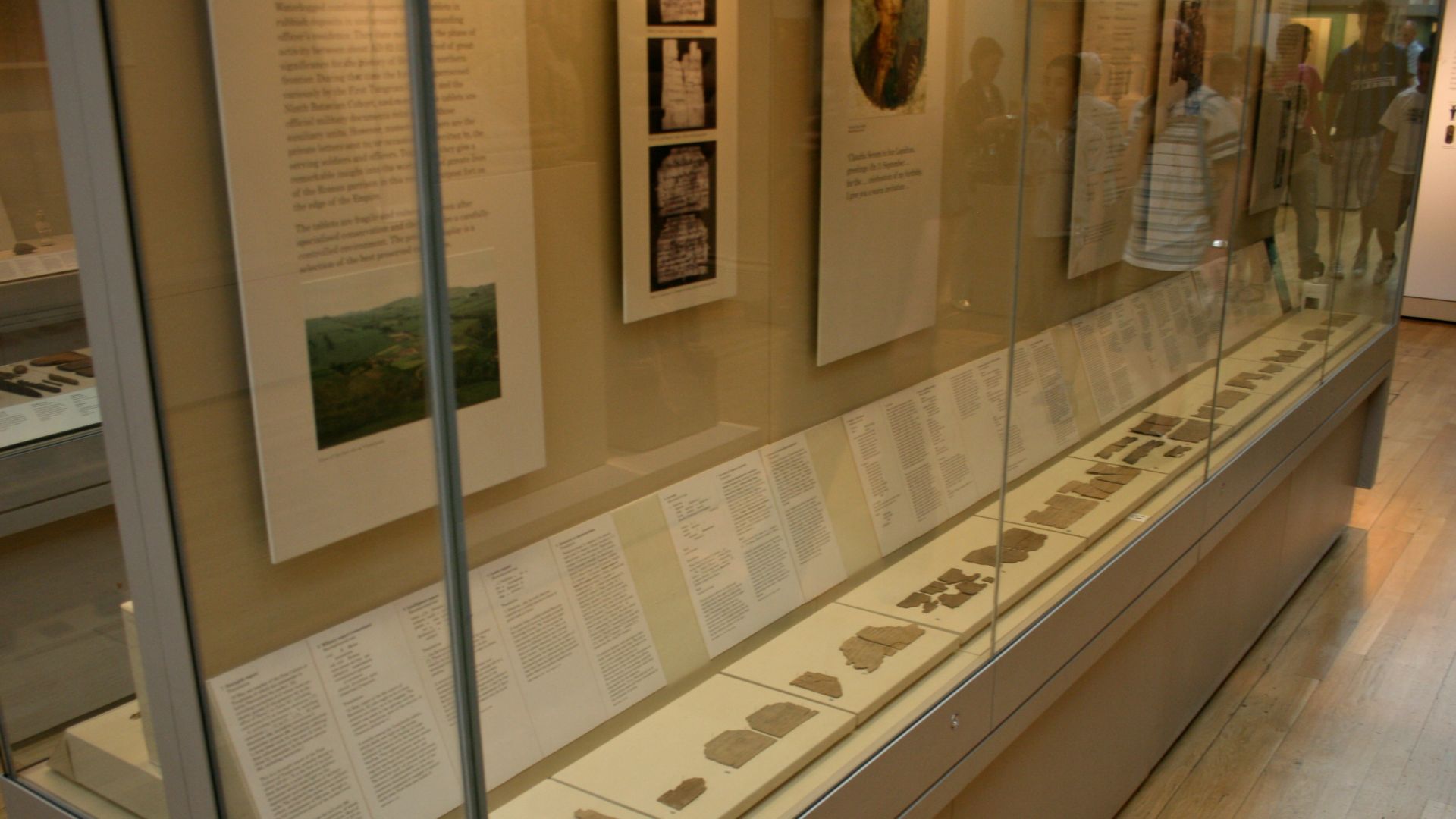 Photograph by Mike Peel (www.mikepeel.net)., Wikimedia Commons
Photograph by Mike Peel (www.mikepeel.net)., Wikimedia Commons
Back To The Winged Angel
Just one quarter of the huge Roman garrison has been explored, but the winged angel represents one of the most significant finds in the 21st century. The winged angel, according to Rob Collins, a professor of Frontier Archaeology at Newcastle University, is the goddess Victory, who was revered during times of war and was often credited with keeping soldiers safe.
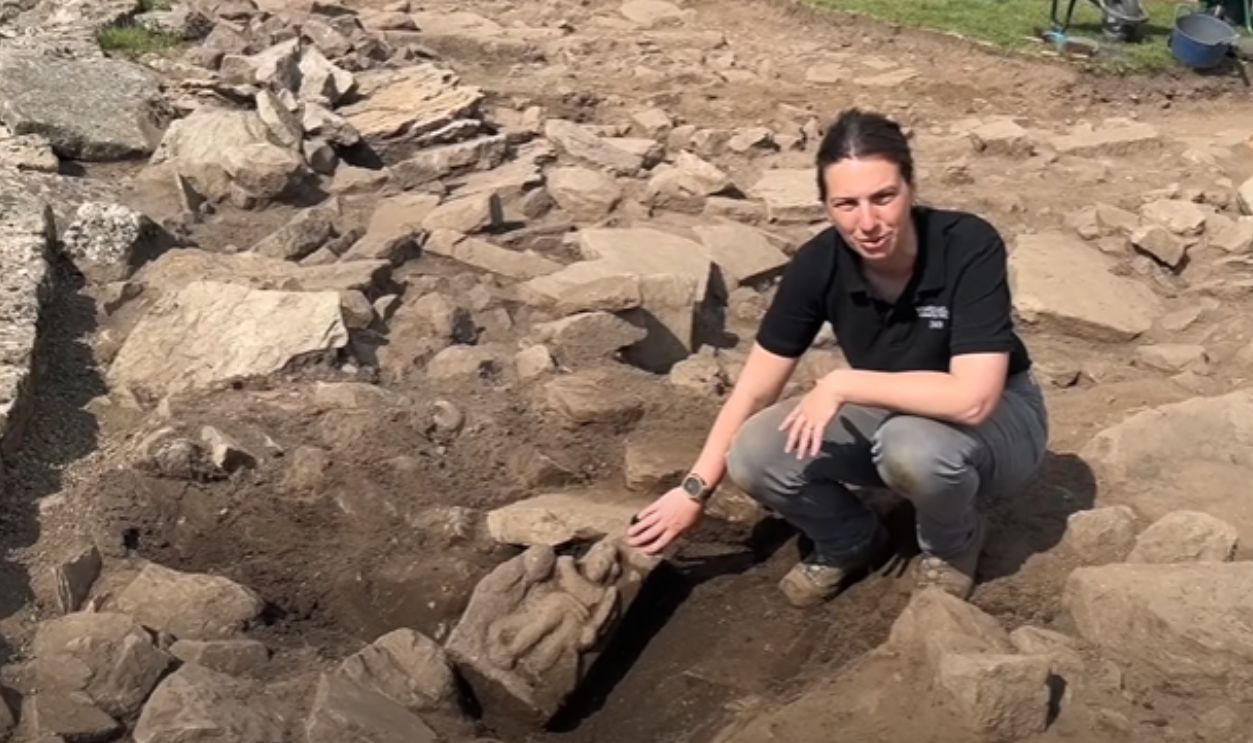 Volunteer archaeologists unearth winged goddess at Hadrian’s Wall, Guardian News
Volunteer archaeologists unearth winged goddess at Hadrian’s Wall, Guardian News
Details Of The Find
Unlike other huge artifacts found at Vindolanda, the stone is on the small side, measuring: 47 cm x 28 cm x 17 cm (18.5" x 11" x 6.7"). The goddess Victory is sitting atop a throne-like object and the rear of the artifact is recessed from her head. There are visible "angel wings" on either side and the facial features are clearly visible, if not greatly detailed.
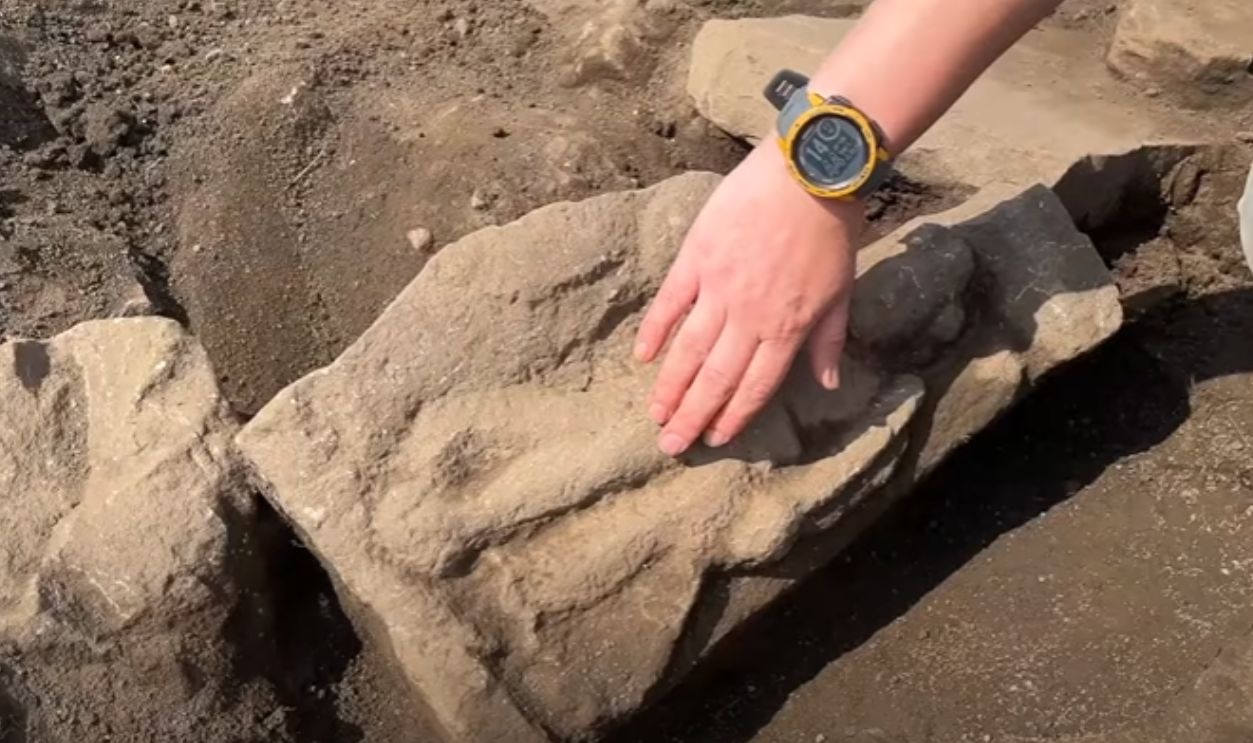 Volunteer archaeologists unearth winged goddess at Hadrian’s Wall, Guardian News
Volunteer archaeologists unearth winged goddess at Hadrian’s Wall, Guardian News
The Goddess Of Triumph
Known in Latin as "Victoria," the Roman goddess of victory was the personification of triumph, opposite her Greek counterpart, Nike. She first appeared during the Punic Wars, fought between the Roman Empire and the Carthaginians, between 246 and 146 BC. Temples were built in her honor, and she was often painted with a bow and arrow.
The Find Reminded Archaeologists Of The Importance Of Symbology In Roman Times
Soon after Victory was identified by Collins' team, Dr Andrew Birley, Director of Excavations at Vindolanda, mused on the importance of the find: "Finds like this are increasingly rare these days from Roman Britain, but the beautifully carved figure vividly reminds us that Roman forts were not simply utilitarian, they had grandeur and of course the symbolism was a vital part of the culture here for the soldiers almost 2,000 years ago".
The Stone Would Once Have Been Vibrantly Painted
Unfortunately, the stone had clearly been damaged from its original condition by the weather and weight of soil over 2,000 years. But Dr Birley speculated that it would once have been painted a vibrant color, like so much of Roman iconography.
 David P Howard, Wikimedia Commons
David P Howard, Wikimedia Commons
Can We Find Out What Color It Would Have Been?
It may be possible to uncover which colors or stains were used to paint the Vindolanda Victory statue by testing samples to see if any traces of pigmentation are left. Thus, the stone has not been washed and retains its original condition from when it was located. Once testing takes place and pigments are confirmed (or not), the stone will then be washed and prepared for proper display.
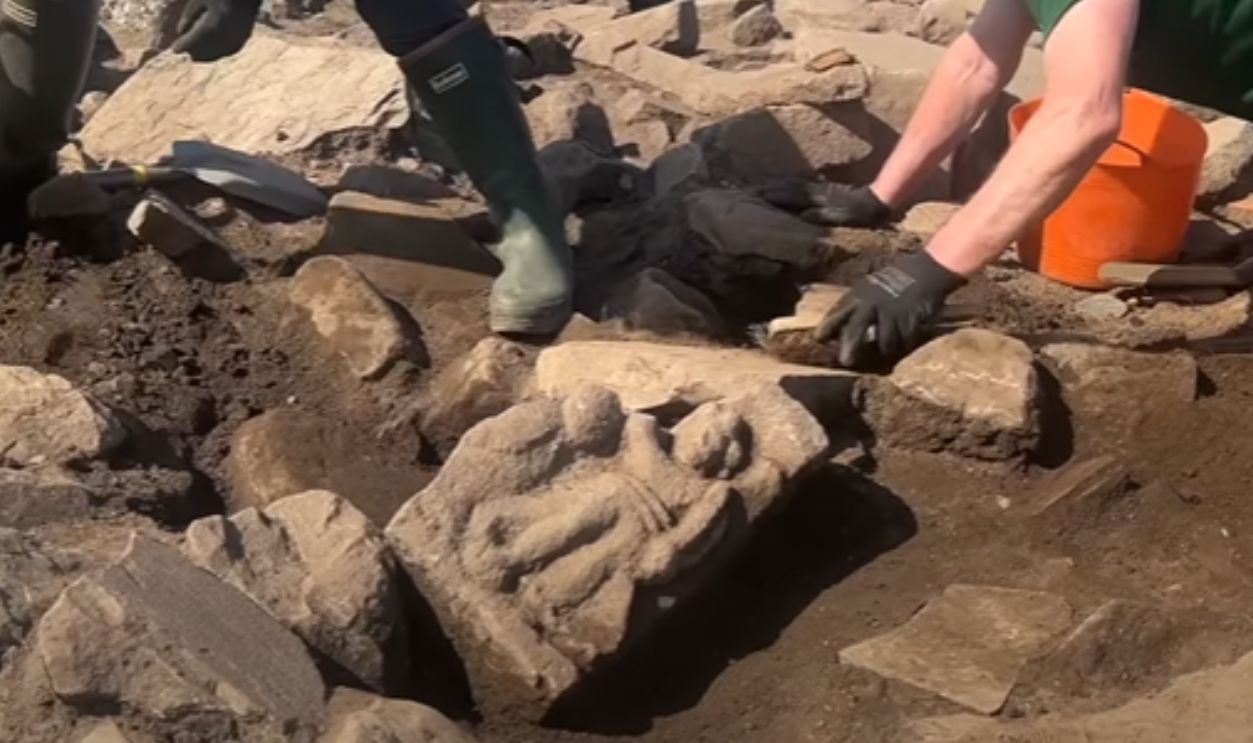 Volunteer archaeologists unearth winged goddess at Hadrian’s Wall, Guardian News
Volunteer archaeologists unearth winged goddess at Hadrian’s Wall, Guardian News
Located In Barracks Built At The End Of A War
The figurine was located in a barracks that dates back to around 213 AD, toward the tail end of the Severan Wars, when Septimus Severus invaded Caledonia (modern-day Scotland) with a force of 50,000 men, hoping to conquer the Scottish highlands for Rome.
The Victory Statue Likely Represents The Establishment Of The Fort
It's likely that after the end of the Severan Wars, this barracks was built with a massive gate and ornamental arch, upon which the Victory statue may have stood. There may also have been an inscription that followed it, now lost to the sands of time.
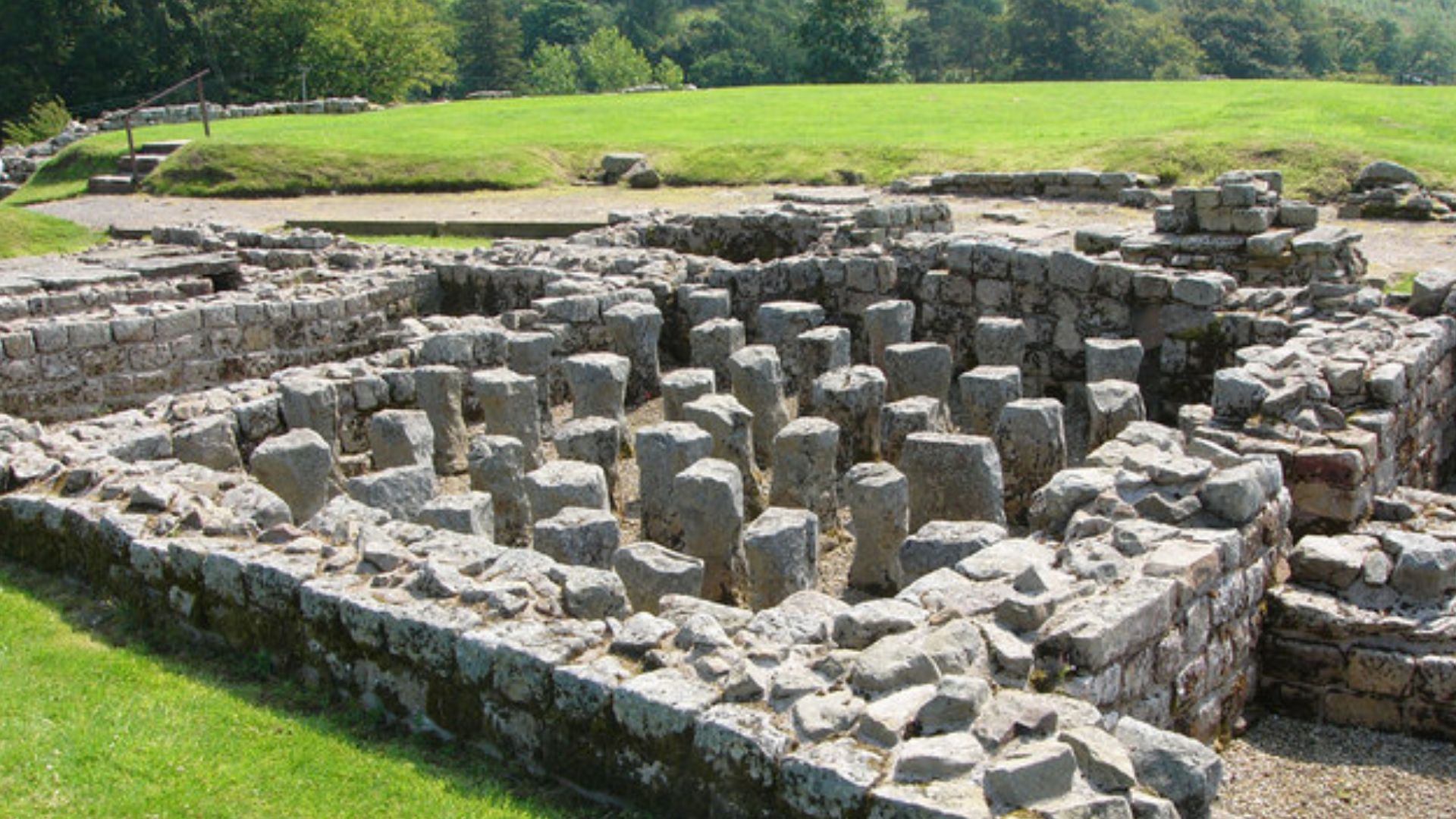 Chris Gunns, Wikimedia Commons
Chris Gunns, Wikimedia Commons
More On The Vindolanda Charitable Trust
The trust, established in the 1970s and dedicated to archaeological explorations of Roman Britain and the Vindolanda site, currently offers annual archaeological digs to amateur archaeologists, or anyone willing to get their hands dirty. It's described by the director as a "mini version of Glastonbury".
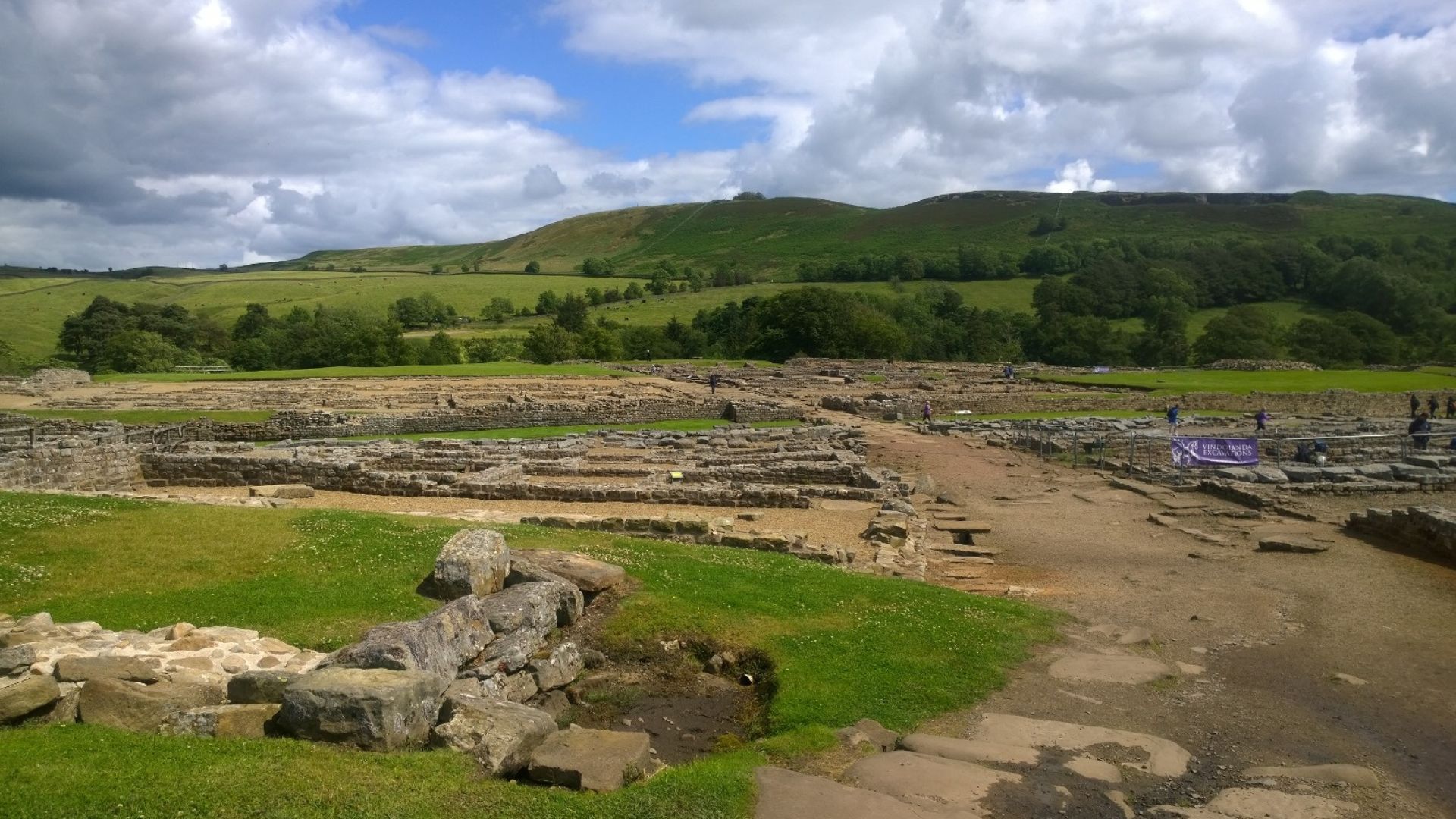 Steven Haslington , Wikimedia Commons
Steven Haslington , Wikimedia Commons
Thousands Of Applicants In Minutes
As the archaeological digs are few and far between at Vindolanda, applications open at certain times of the year and are then closed. You must volunteer to show up and dig at the site. The site can only host 500 diggers at one time. According to the site director, applications are full in about a minute, with between 4,000 and 5,000 applicants.
Headed For Public Display Next Year
Now that it's been found, the painstaking process of cleaning, washing, and touching up the artifact without damaging it begins. In 2026, the Victory piece is headed for public display at the Vindolanda Museum as part of the "Recent Finds" exhibit.
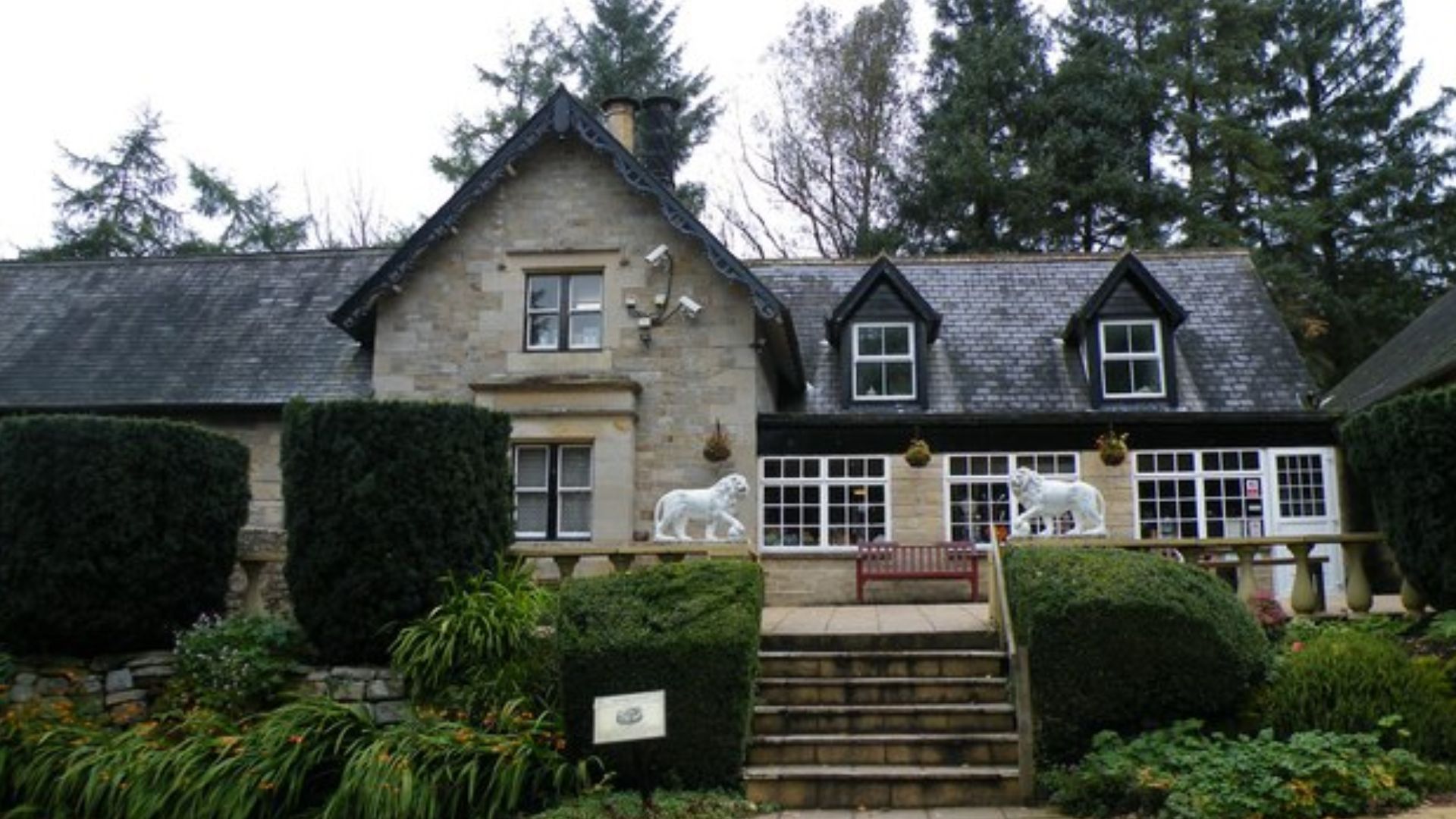 Terry Robinson, Wikimedia Commons
Terry Robinson, Wikimedia Commons
What's Next At Vindolanda?
Archaeological digs are taking place regularly at Vindolanda, and with only a quarter of the site explored, there's so much more to do. Although the trowel was the key tool used in finding the Victory piece, ground-penetrating radar and other non-invasive technologies will likely be put to use to explore more of the complex in the coming years.
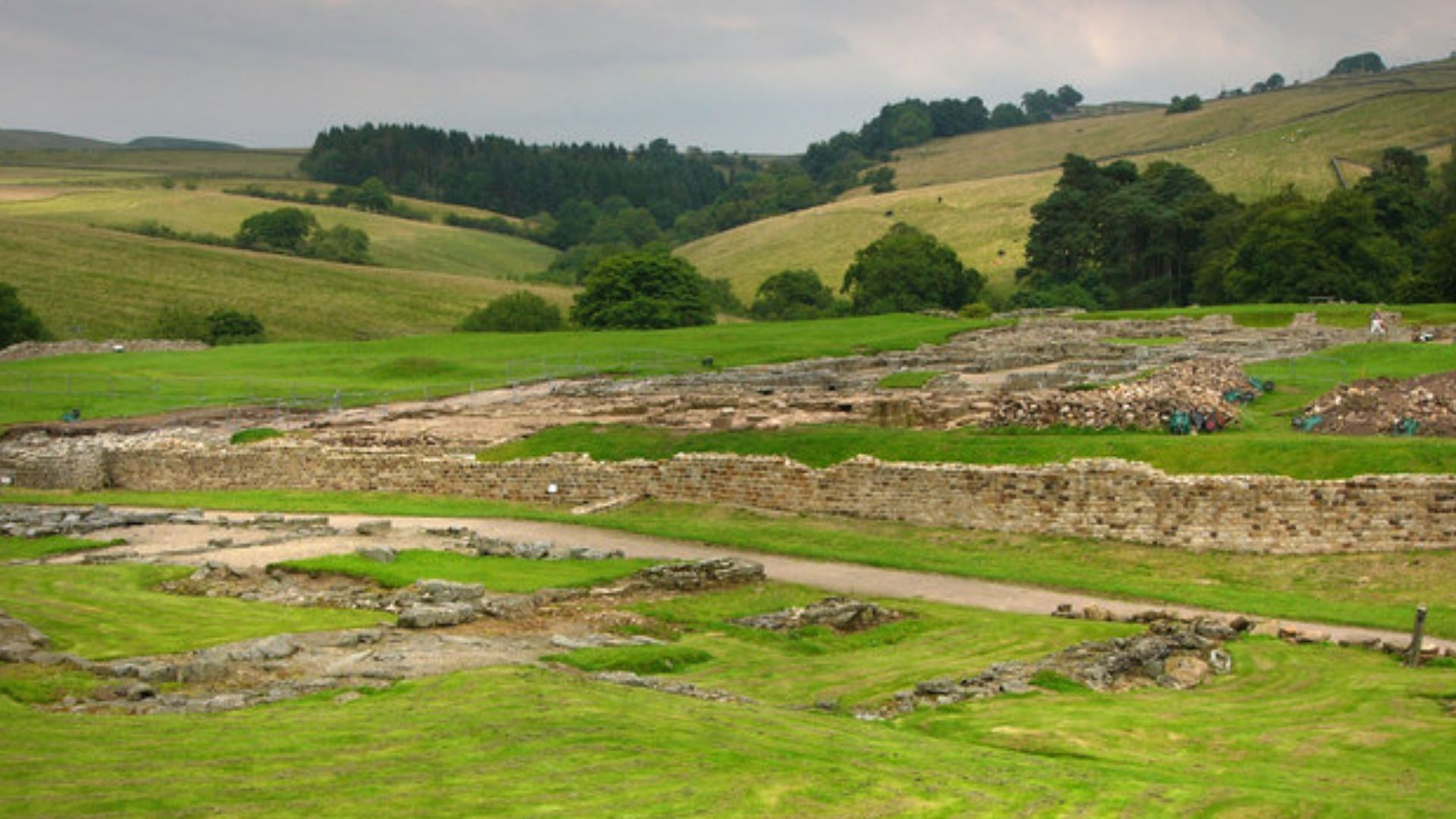 Chris Gunns, Wikimedia Commons
Chris Gunns, Wikimedia Commons
Our Questions About "Victoria"
As with any recent archaeological find, there are immediately more questions than answers. What was the significance of the Victory piece? Who carved it? Will we ever know if it was painted? What was its location in the context of the fortress? As we make more discoveries about early Roman Britain, we deepen our understanding of the history of the British Isles and our collective history, as some of us are descendants of those Roman Britons.
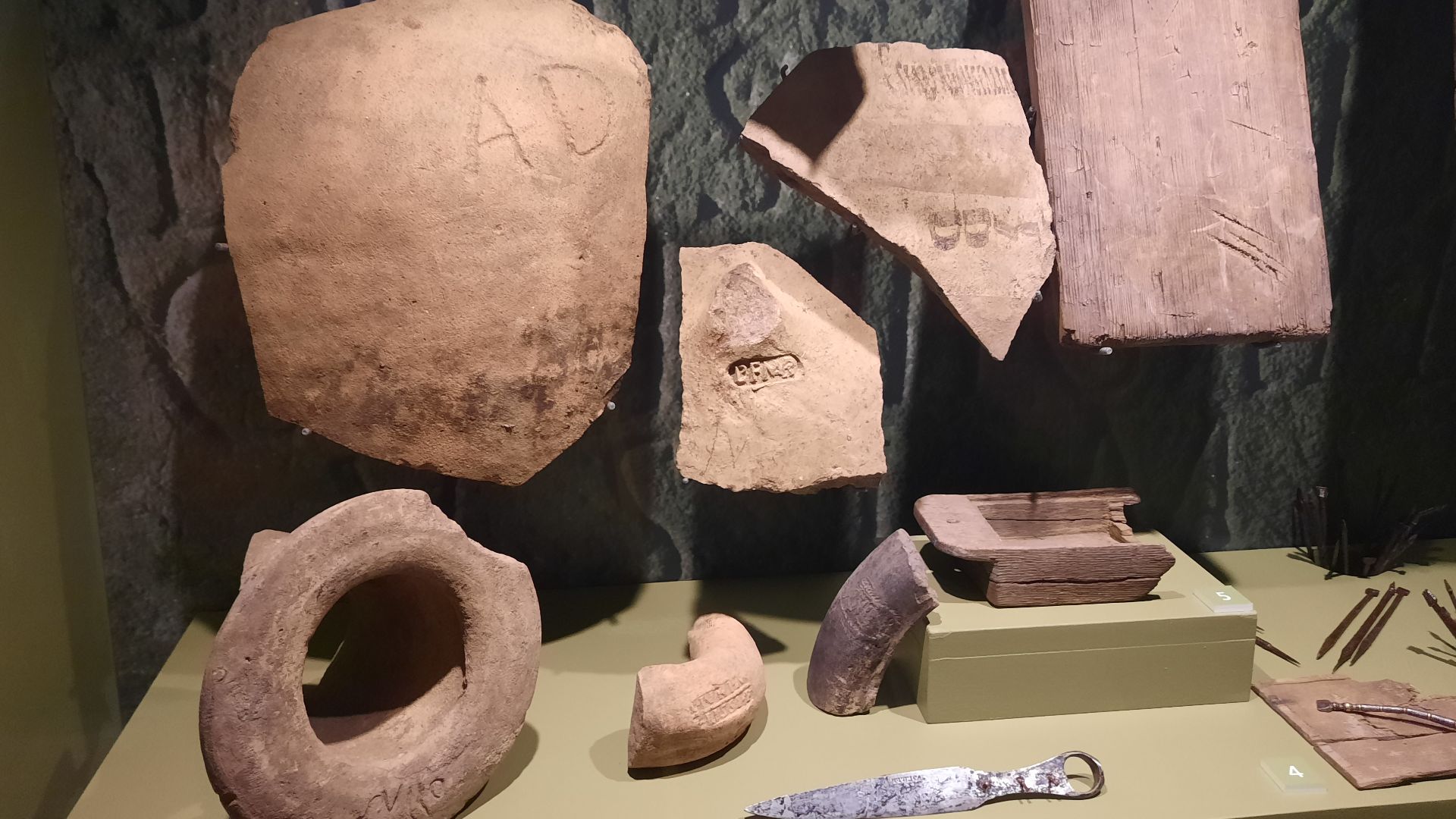 MumblerJamie, Wikimedia Commons
MumblerJamie, Wikimedia Commons
You May Also Like:
The Riskiest European Cities, According To Crime Statistics
12 Hidden Countries You Didn't Know Existed

